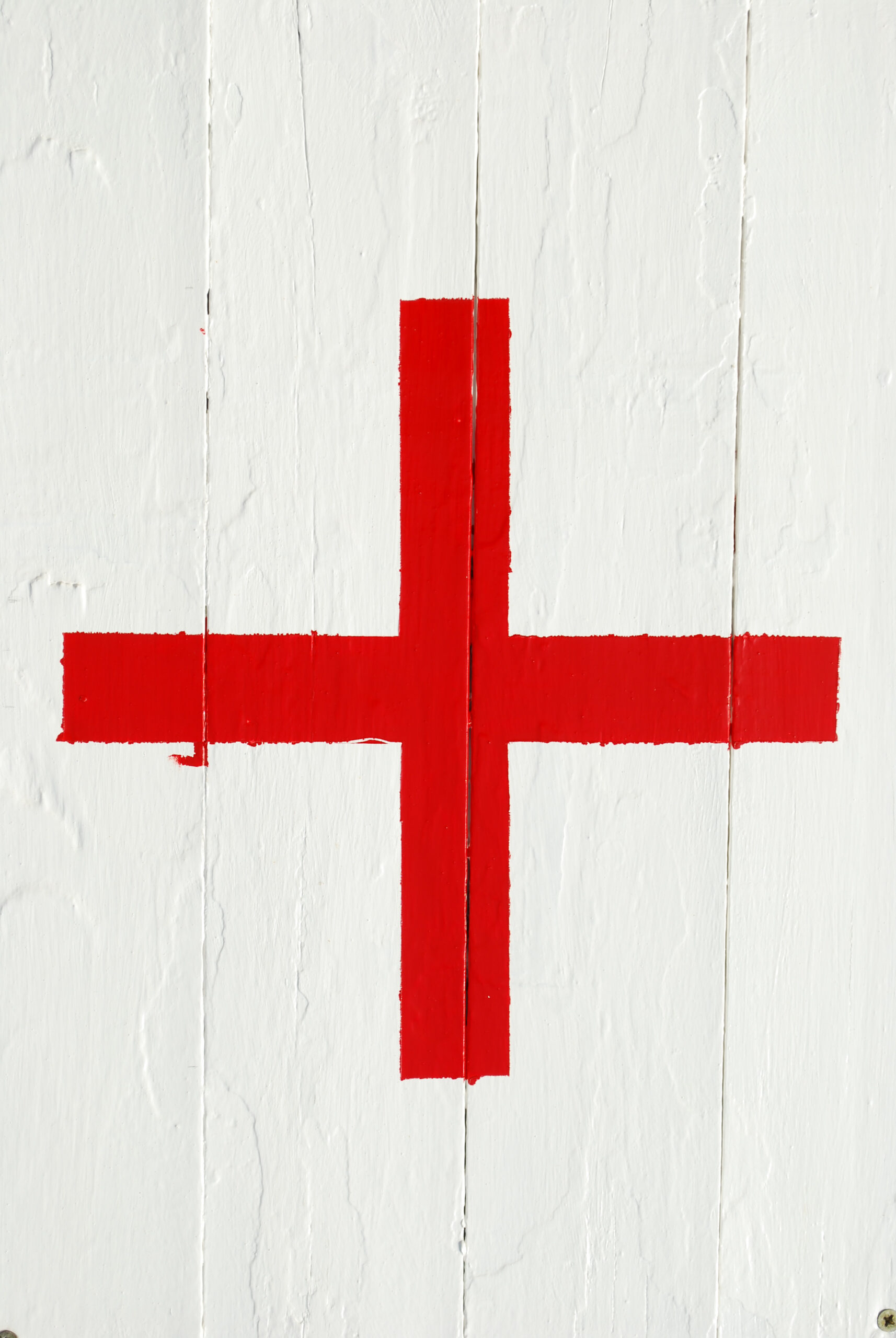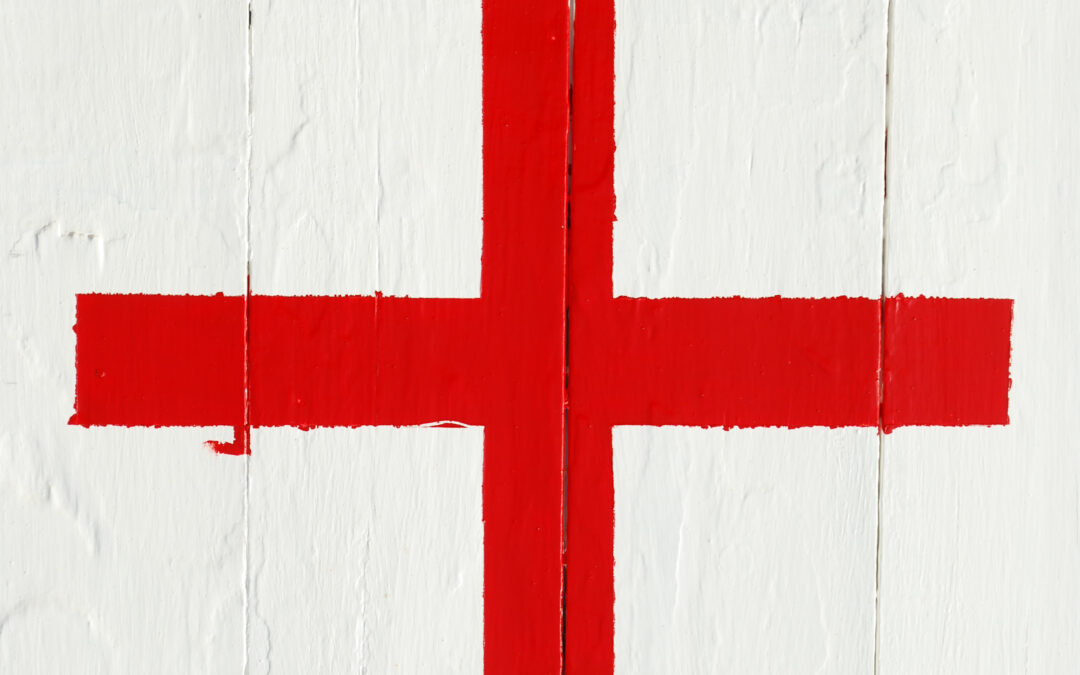Are you ready for the unexpected? Emergencies can strike at any time, and being prepared is key to ensuring your family’s safety. In this blog post, we will show you how to build a home emergency kit in just 30 minutes or less.
Introduction:
An emergency kit is an essential tool that every household should have. It provides you with everything you need during times of crisis when access to supplies may be limited. By taking the time to prepare now, you can ensure that your family is protected and safe.
What to Include in Your Emergency Kit:
The first step in building an emergency kit is to determine what items are necessary. Here are some essentials that should be included in your kit:
Water (one gallon per person, per day)
Non-perishable food (such as granola bars, trail mix, or canned goods)
Flashlights and extra batteries
First aid kit (including bandages, antiseptic wipes, and pain relievers)
Thank you for reading this post, don't forget to subscribe NOW for FREE!
Multi-tool or knife
Whistle
Dust masks
Plastic sheeting and duct tape
Radio (with extra batteries or solar charger)
How to Organize Your Emergency Kit:
Once you have gathered all the necessary items, it’s important to organize them properly. Consider using a plastic container or backpack to store your kit. This makes it easy to transport if needed. Label each item clearly so that everyone knows what they are and where to find them.
Where to Store Your Emergency Kit:
Ideally, your emergency kit should be stored in a convenient location that is easily accessible. A closet or underneath a bed are both good options. Just make sure that it is out of reach of children and pets.

Additional Items to Consider:
In addition to the basics, there are other items that you may want to consider adding to your emergency kit. These include:
Extra clothing and blankets
Personal hygiene items (toothbrush, toothpaste, soap, etc.)
Pet supplies (food, water, leashes, etc.)
Important documents (passports, birth certificates, insurance policies, etc.)
Conclusion:
Building a home emergency kit doesn’t have to take a lot of time or money. With just a few basic items and a little bit of preparation, you can help keep your family safe and secure during times of crisis. Remember, being proactive is the key to staying ahead of potential disasters. So don’t wait until it’s too late – start building your emergency kit today!






